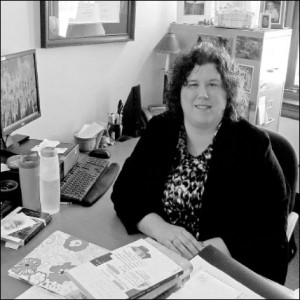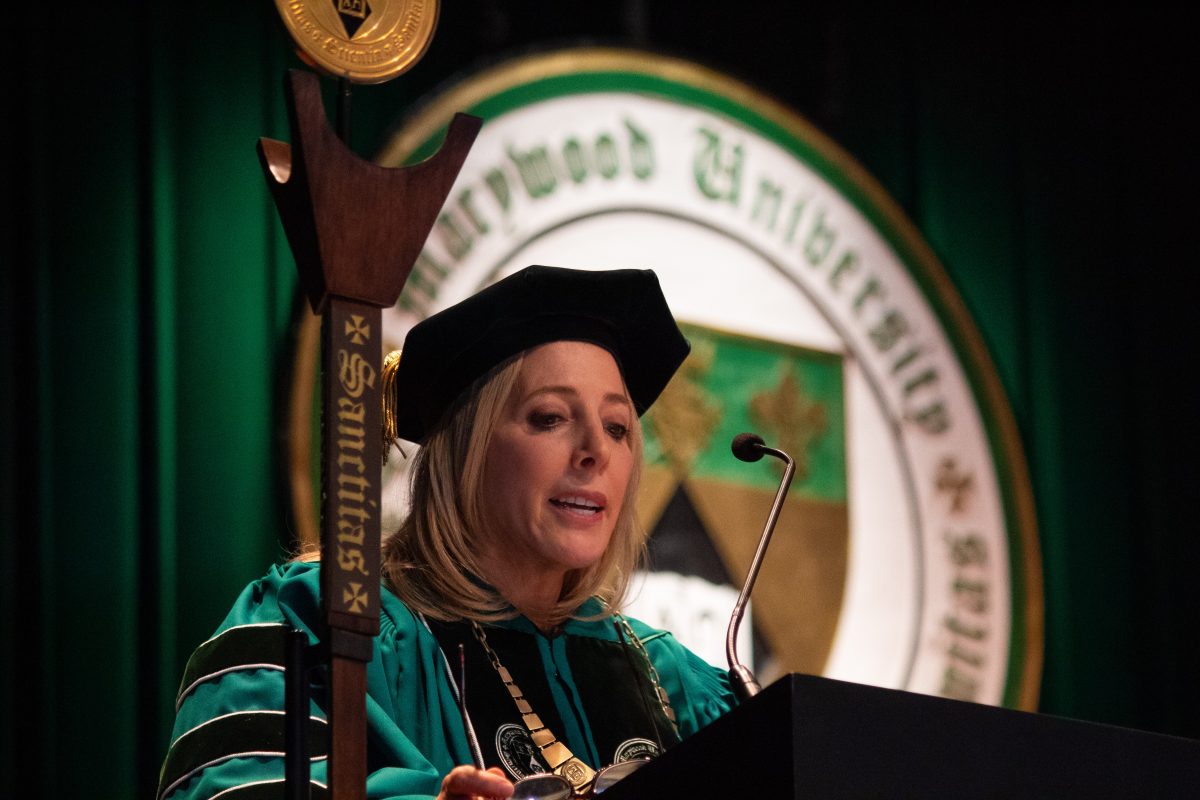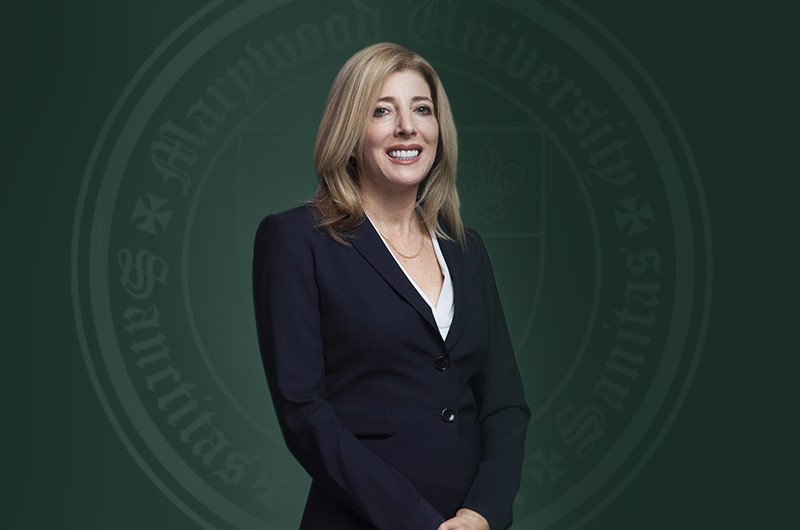
Alison Trautmann
Editor-in-Chief
Dr. Erin Sadlack is a professor in the English department and the author of a new book entitled The French Queen’s Letters: Mary Tudor Brandon and the Politics of Marriage in Sixteenth Century Europe.
Sadlack’s fascination with Mary Tudor Brandon grew out of her dissertation topic. In her dissertation, Sadlack examined how women in the medieval and renaissance time periods would use letters
to influence political situations. One letter she looked at from Mary Tudor Brandon to her older brother, King Henry VIII, made it seem as though Mary was blackmailing her brother. This raised Sadlack’s interest in this historical character and eventually led to the research and writing of her recent book.
For students, Sadlack said this is the most interesting part of the book is Mary’s story. “This is the first time that a noble woman exercised personal agency over her own future,” said Sadlack. Mary Tudor Brandon was the younger daughter of Henry VIII. Mary was married off to Louis XII when he was 52 and she was 18 on the agreement that when Louis XII died, she would be able to marry Charles Brandon, Henry’s best friend. Henry agreed to this and Mary was queen for a few months before Louis died. When Louis died, Henry sent Charles to bring Mary back to England on the promise that Charles would not wed Mary before they returned to England.
Fearing that Henry would not keep his promise, Mary gave Charles the ultimatum that he marry her in two days or never see her again. Before the two days were over, they were married. Henry was not pleased, but Mary eventually went home to England with Henry’s forgiveness. According to Sadlack, the best part of writing the book was finally getting to tell Mary Tudor Brandon’s story.
“She’s always been dismissed in history either as a silly girl who cried to get her way or as a romantic love story. But when I looked at her, I found that she was making some very important political movements.”
The most difficult part of writing the book for Sadlack was negotiating the two different audiences of scholars and students that she expected to be reading her book. In order to research the book, Sadlack utilized library databases and research libraries. She traveled to the British Library, the National Archives in the United Kingdom and the Morgan Library in New York in order to examine the manuscripts she was to use for her book. Sadlack’s training in how to read sixteenth century manuscripts helped her research this project.
“I loved the sense of discovery I had while researching the book,” said Sadlack.
Readers can pre-order a copy of Sadlack’s book on amazon.com. It will be released on April 12.










